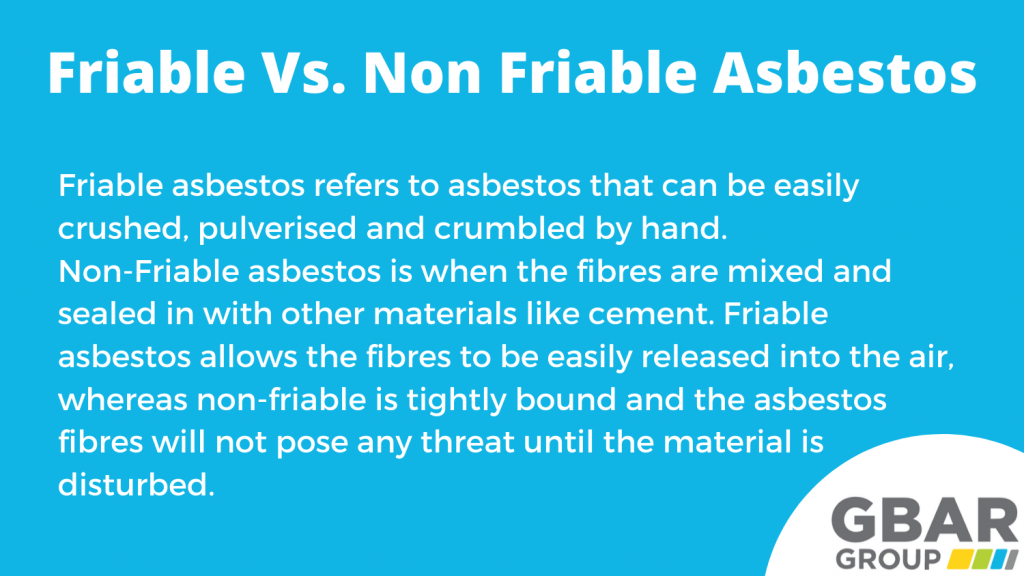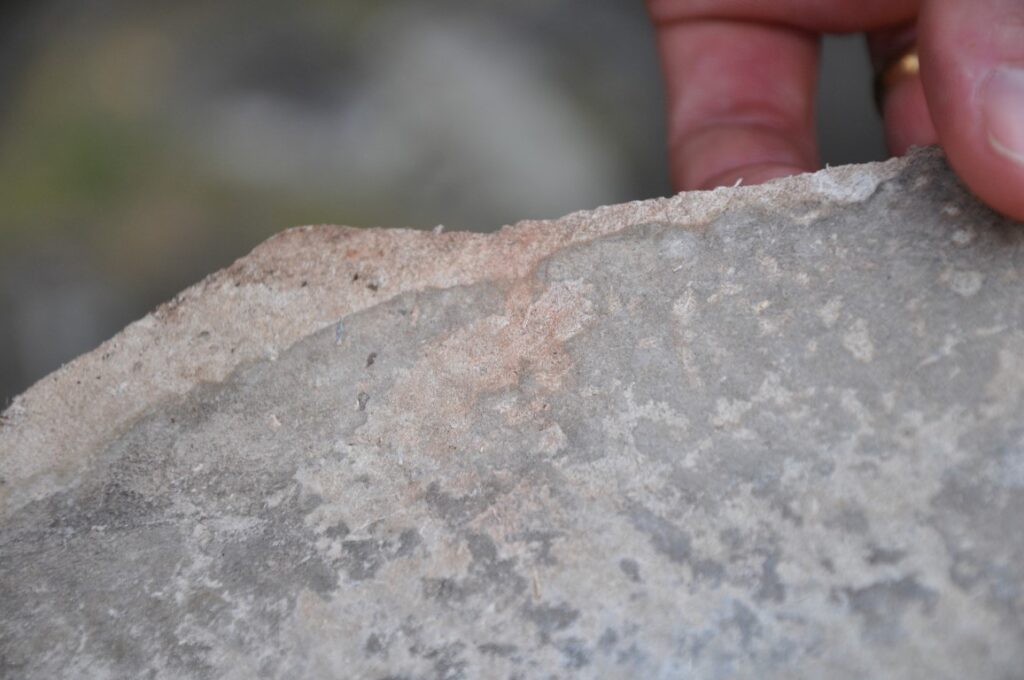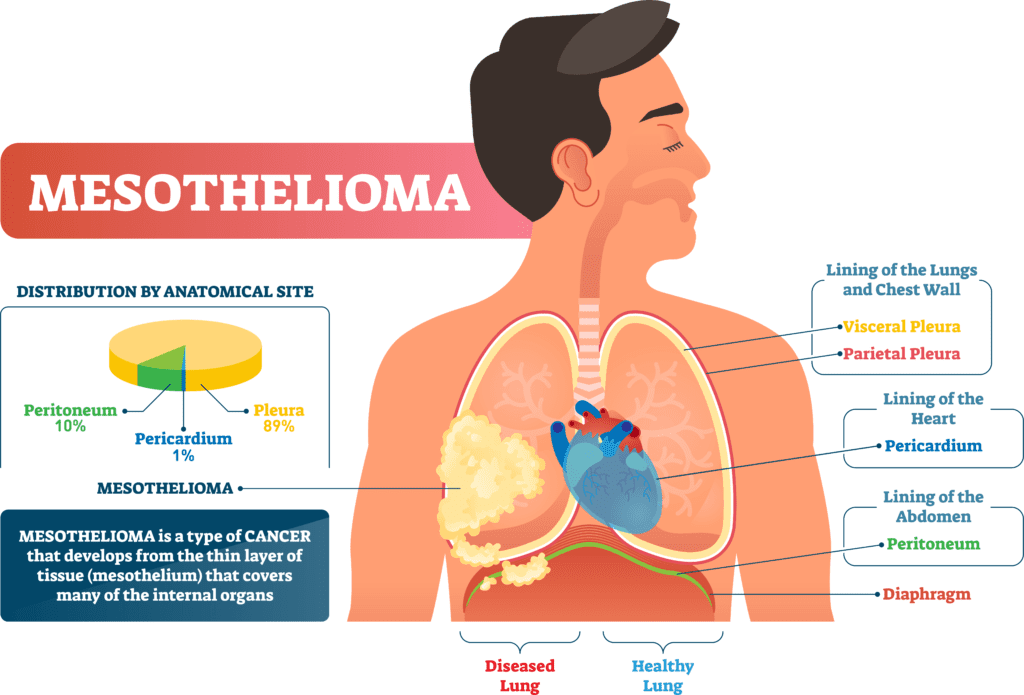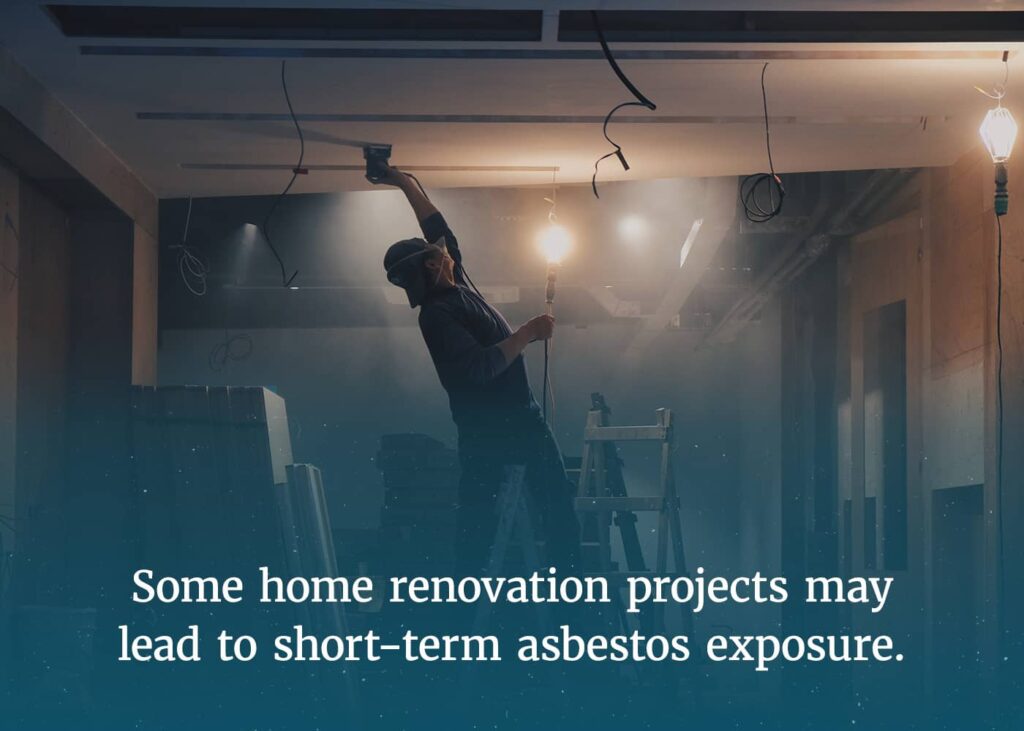Have you ever wondered how medical professionals check for asbestos in lungs? Asbestos exposure can lead to serious health issues, including lung diseases like mesothelioma and asbestosis. Detecting asbestos fibers in the lungs is crucial for early diagnosis and appropriate treatment. Various diagnostic methods, such as imaging tests and biopsies, are used to determine if asbestos fibers are present in the lungs. By understanding how these checks are performed, you can gain insight into the process and importance of early detection for asbestos-related diseases.
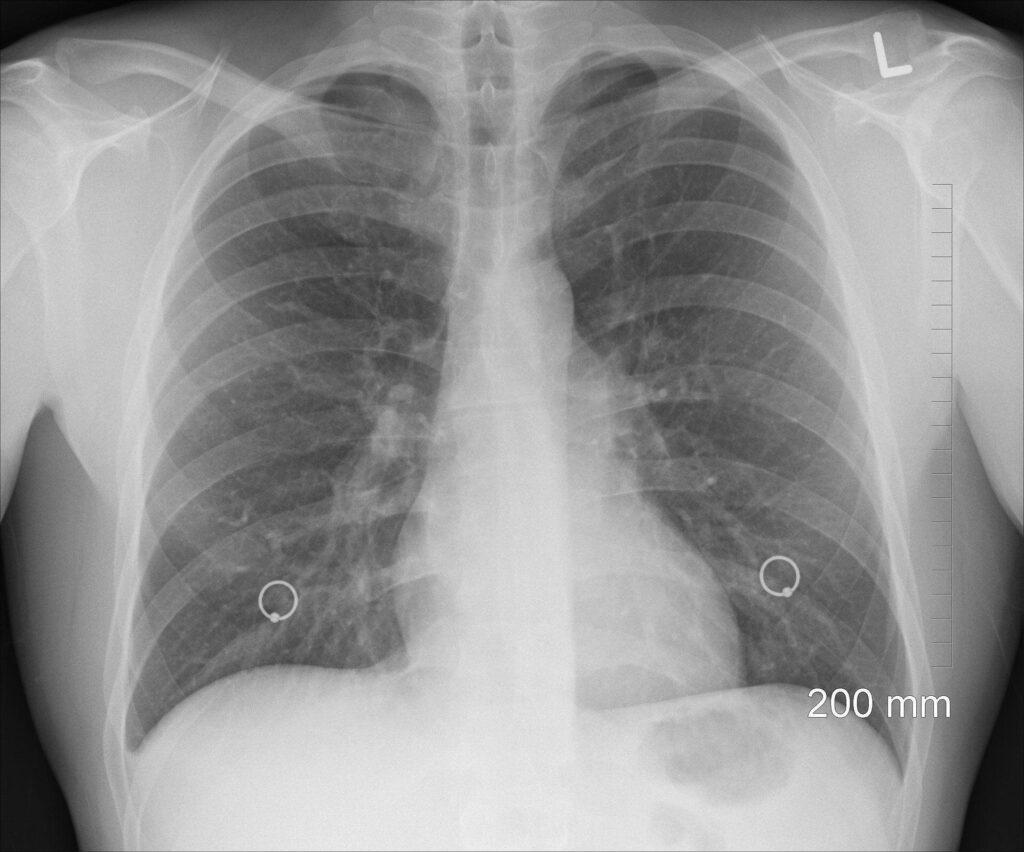

Asbestos
Asbestos is a naturally occurring mineral that has been widely used in various industries for its heat resistance, strength, and durability. However, it has been identified as a hazardous substance due to its potential to cause serious health problems. In this article, we will explore what asbestos is, the dangers associated with it, how people can be exposed to asbestos, the health risks of asbestos exposure, and the methods used to diagnose asbestos-related diseases and check for asbestos in the lungs.
What is Asbestos?
Asbestos is a term used to describe a group of naturally occurring minerals that are made up of long, thin fibers. These fibers are resistant to heat, fire, and chemicals, which made asbestos a popular material in various industries, such as construction, manufacturing, and shipbuilding. Its properties made it ideal for insulation, fireproofing, and strengthening materials.
Dangers of Asbestos
While asbestos has several desirable qualities, it poses severe health risks when its fibers are released into the air and inhaled. Prolonged or repeated exposure to asbestos can lead to serious health conditions, including lung cancer, mesothelioma (a rare form of cancer that affects the lining of the lungs, abdomen, or heart), and asbestosis (a chronic lung disease).


Exposure to Asbestos
Sources of Asbestos Exposure
Exposure to asbestos commonly occurs in occupational settings where workers come into contact with asbestos-containing materials. Industries such as construction, manufacturing, and mining have been particularly associated with asbestos exposure. However, exposure can also happen in non-occupational settings, such as through environmental contamination or from the use of consumer products that contain asbestos.
Health Risks of Asbestos Exposure
When asbestos fibers are inhaled or ingested, they can become lodged in the lungs or other organs. Over time, these fibers can cause inflammation, scarring, and genetic damage to the cells, which can lead to the development of various asbestos-related diseases. Some common health risks associated with asbestos exposure include lung cancer, mesothelioma, asbestosis, and cancers of the larynx, ovaries, and gastrointestinal tract.


Diagnosing Asbestos-Related Diseases
Symptoms of Asbestos-Related Diseases
Asbestos-related diseases may not present symptoms until many years after exposure. Symptoms can vary depending on the specific disease but may include persistent coughing, shortness of breath, chest pain, fatigue, and weight loss. If you experience any of these symptoms and suspect asbestos exposure, it is crucial to seek medical attention promptly.
Medical History and Physical Examination
During the diagnostic process, your healthcare professional will take a detailed medical history, including information about your past and current occupational and environmental exposures. They will also conduct a physical examination to assess any signs or symptoms of asbestos-related diseases.
Imaging Tests
Imaging tests are commonly used to help diagnose asbestos-related diseases. Chest X-rays can show abnormalities in the lungs, such as scarring or masses. High-Resolution Computed Tomography (HRCT) can provide more detailed images of the lungs and help detect early signs of asbestos-related diseases.
Biopsy
A biopsy is the definitive test for diagnosing asbestos-related diseases. It involves taking a small sample of tissue or fluid from the affected area and examining it under a microscope. A biopsy can confirm the presence of asbestos fibers and determine the specific disease affecting the individual.
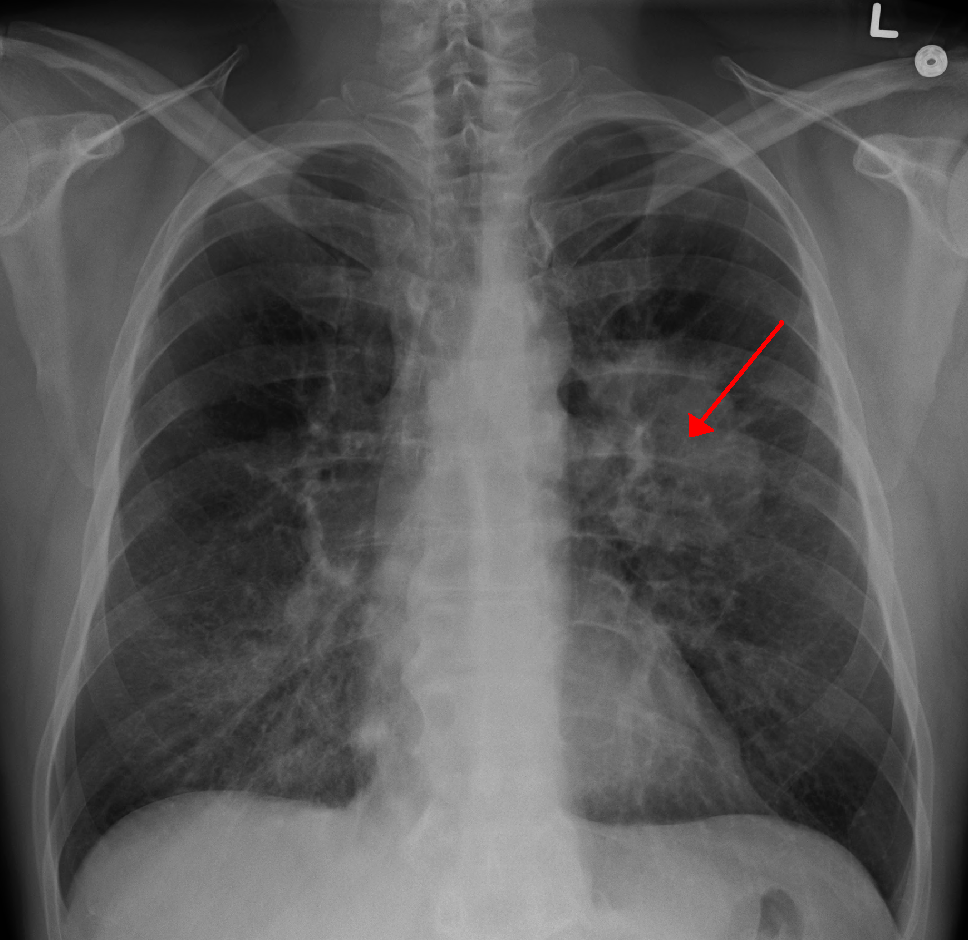

Checking for Asbestos in Lungs
Medical Evaluation
If you suspect asbestos exposure or have been in an occupational or environmental setting where asbestos is present, it is important to undergo a comprehensive medical evaluation. Your healthcare provider will assess your overall health, review your occupational and environmental history, and perform various tests to determine if there is any asbestos-related lung damage.
Occupational and Environmental History
During the evaluation, your healthcare provider will inquire about your past and current occupations, as well as any known or potential sources of environmental asbestos exposure. This information is crucial in assessing the likelihood of asbestos-related diseases and determining the appropriate diagnostic tests.
Asbestosis Screening
Asbestosis screening involves a series of tests that help detect and evaluate lung damage caused by asbestos exposure. These tests usually include a thorough medical history review, a physical examination, chest X-rays, lung function tests, and sometimes additional imaging tests, such as HRCT.
Chest X-rays
Chest X-rays can provide initial information on the presence of asbestos-related lung abnormalities. They may show scarring, plaques, or other signs of lung damage. However, chest X-rays alone may not provide a definitive diagnosis and may require further imaging tests or a biopsy for confirmation.
High-Resolution Computed Tomography (HRCT)
HRCT is a more detailed imaging technique that can provide clearer images of the lungs. This imaging method allows for a closer examination of asbestos-related lung abnormalities, and it is particularly useful in detecting early signs of diseases such as lung cancer or mesothelioma.
Lung Function Tests
Lung function tests are performed to assess how well your lungs are functioning. These tests measure various respiratory parameters, such as lung capacity, airflow, and gas exchange. Reduced lung function may be an indication of asbestos-related lung damage.
Bronchoscopy
In some cases, a bronchoscopy may be performed to examine the airways and collect samples for further analysis. During this procedure, a thin, flexible tube with a camera is inserted through the nose or mouth to visualize the airways. Tissue samples or bronchial washings can be obtained for biopsy or testing for the presence of asbestos fibers.
Thoracoscopy
Thoracoscopy is a surgical procedure that allows direct access to the pleural space (the area between the lung and the chest wall). It involves making small incisions in the chest and inserting a thin tube with a camera to visually inspect the pleura and collect tissue samples for biopsy or analysis.
Molecular Biomarkers
Research is ongoing to discover specific molecular biomarkers that can indicate the presence of asbestos-related diseases. These biomarkers may include certain genetic or protein-based markers that can be detected through blood tests or other diagnostic techniques. While still in development, the use of molecular biomarkers could offer a non-invasive and more accurate way of diagnosing asbestos-related diseases in the future.
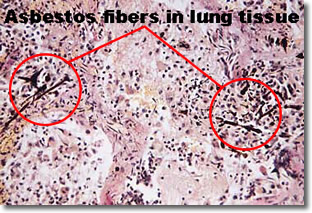

Conclusion
Asbestos is a hazardous substance that can cause serious health problems when its fibers are inhaled or ingested. Prolonged or repeated exposure to asbestos can lead to asbestos-related diseases, including lung cancer, mesothelioma, and asbestosis. Diagnosing these diseases involves a comprehensive evaluation of medical history, physical examination, imaging tests, and, in some cases, biopsies. Checking for asbestos in the lungs requires a thorough medical evaluation, occupational and environmental history review, and a combination of tests, including chest X-rays, HRCT, lung function tests, and sometimes more invasive procedures like bronchoscopy or thoracoscopy. The development of molecular biomarkers shows promise for improving the accuracy and non-invasiveness of asbestos-related disease diagnosis in the future. If you suspect asbestos exposure or experience symptoms related to asbestos-related diseases, it is essential to seek medical attention promptly for proper evaluation and diagnosis.


